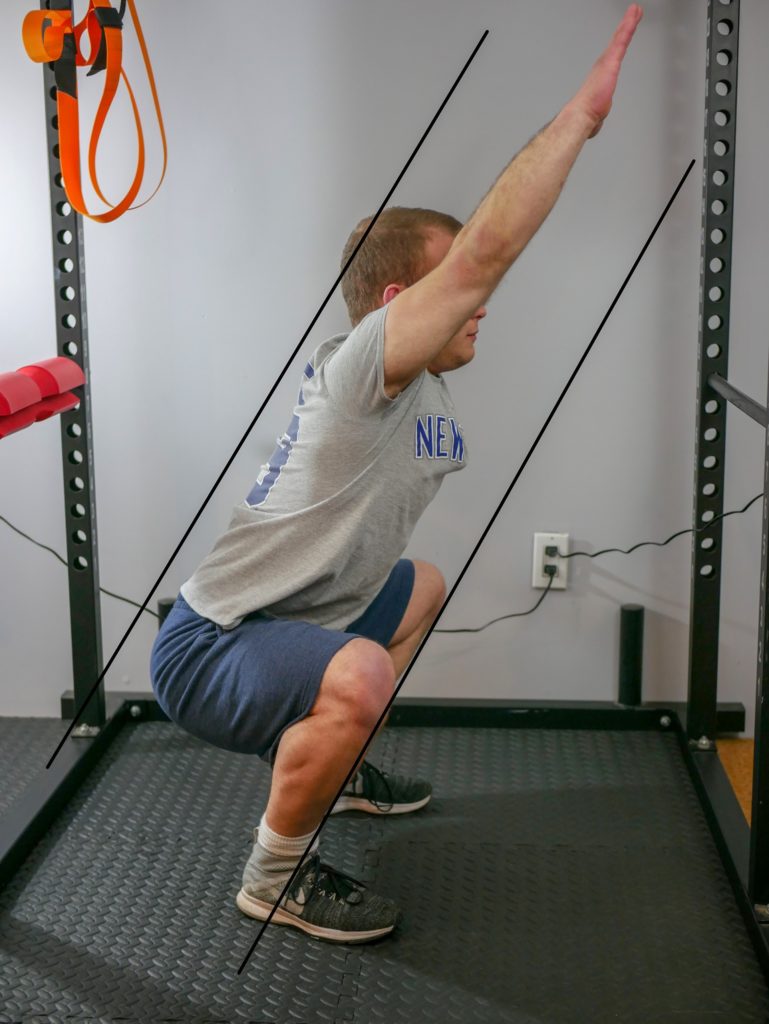
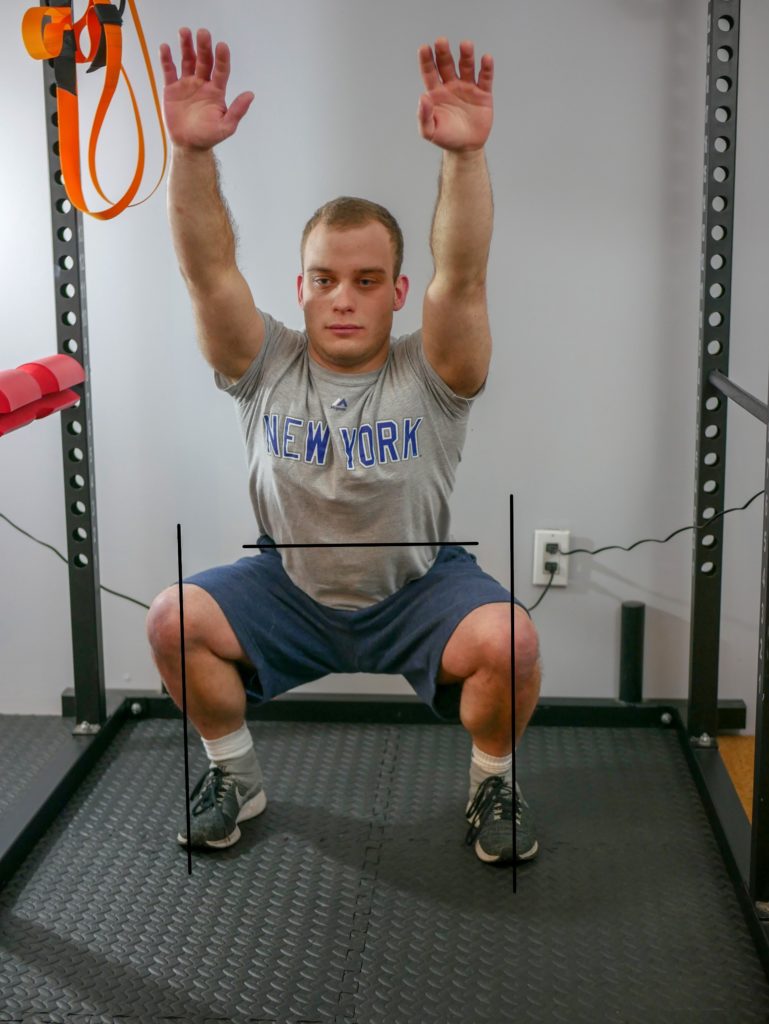
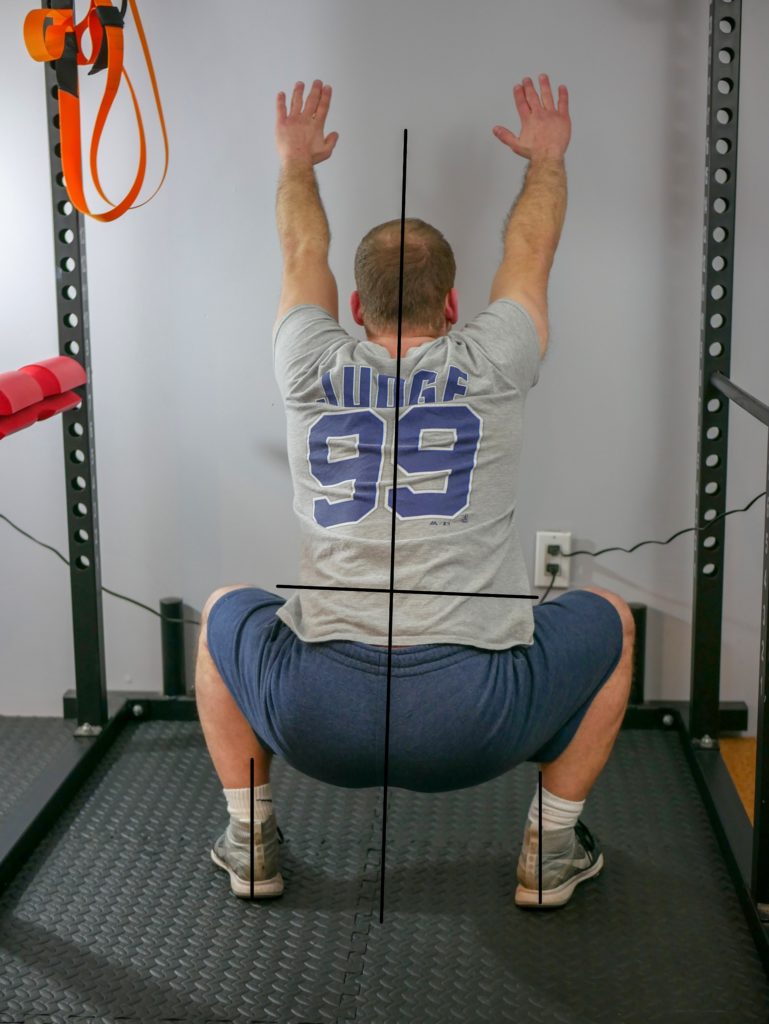

The Squat is one of the most basic forms of functional movement. As a species, we should be able to properly perform a squat until we die! The squat is an incredible assessment tool. If we analyze a person’s squat, we can determine many movement dysfunctions, possible muscle imbalances and develop a plan for repair!
A proper squat elicits nearly every muscle in the body. A good deep squat requires the optimal function of all the muscles surrounding your hips and lower back. To perform a squat well your glutes, hamstrings, quads, hip flexors, and core muscles must all be working together properly. By strengthening and improving the squat a person can ensure all of the muscles of the hips and lower back are best conditioned to combat many common muscle imbalances and pain syndromes.
By performing an overhead squat assessment we can begin to see where our muscle imbalances are developing or currently exist. NASM’s website offers a solutions table for identifying the muscles that might need correcting. It’s very easy to follow.
When we have maladapted to certain movement patterns we favor using different muscles for tasks. This means when we do something wrong, we turn it into a habit and our muscles might adapt to this improperly. These are compensations.
By analyzing why we perform an exercise improperly we are given valuable information for improving performance. Foot flattening and knees bowing inward are a pretty positive indicator to the muscles involved in pronation distortion syndrome. Hip shift and excessive lower back rounding can be strong indicators for LPHCD. Arms falling forward, head coming forward, rounding of the upper back can all be indicators of FHP and Thoracic Kyphosis!



Above we can see the proper way to perform a squat from multiple angles. Notice how we have nice neutral back and the angle of the back relative to the shins is parallel in the lateral view. No flattening of the feet or bowing of the knees in the anterior view. The hips are nice and level, the Achilles tendon is vertical, the spine is straight with no deviation in the posterior view.
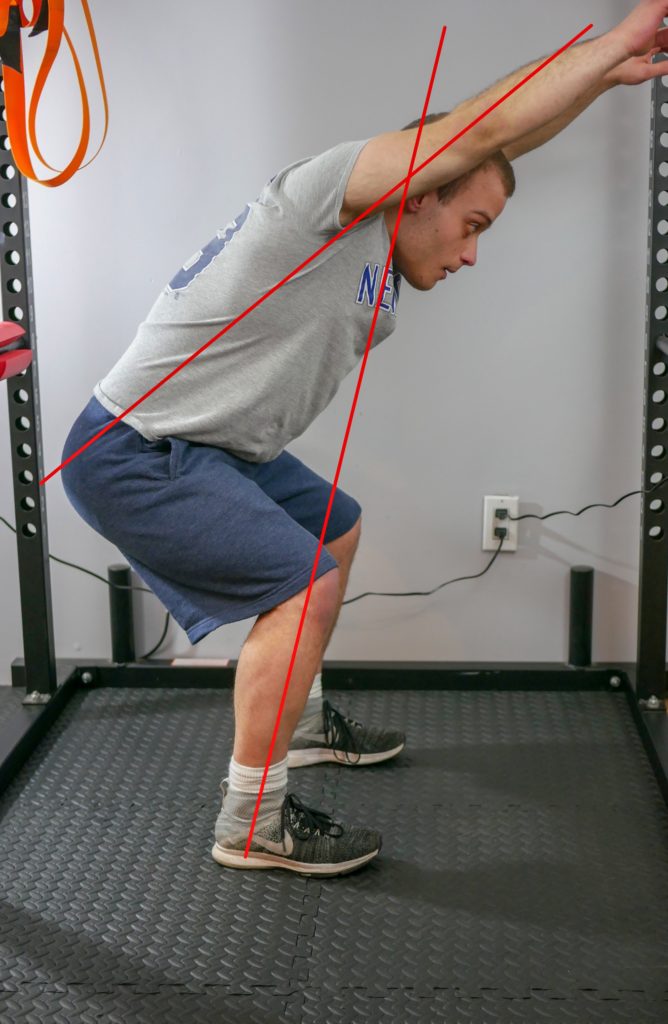
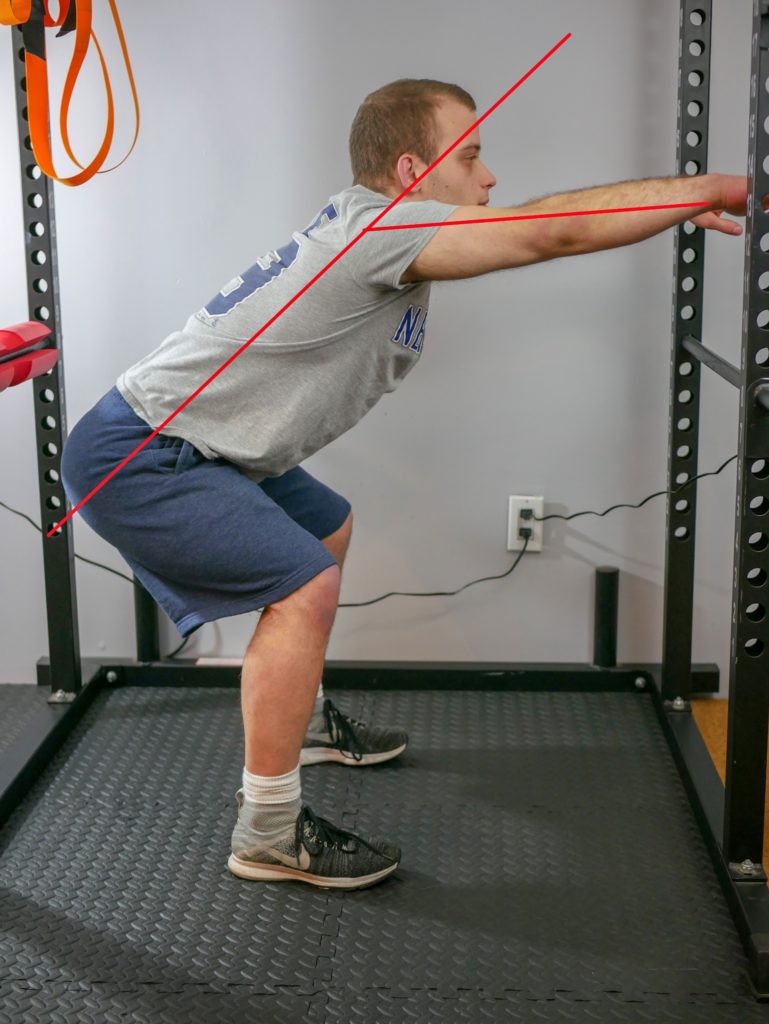
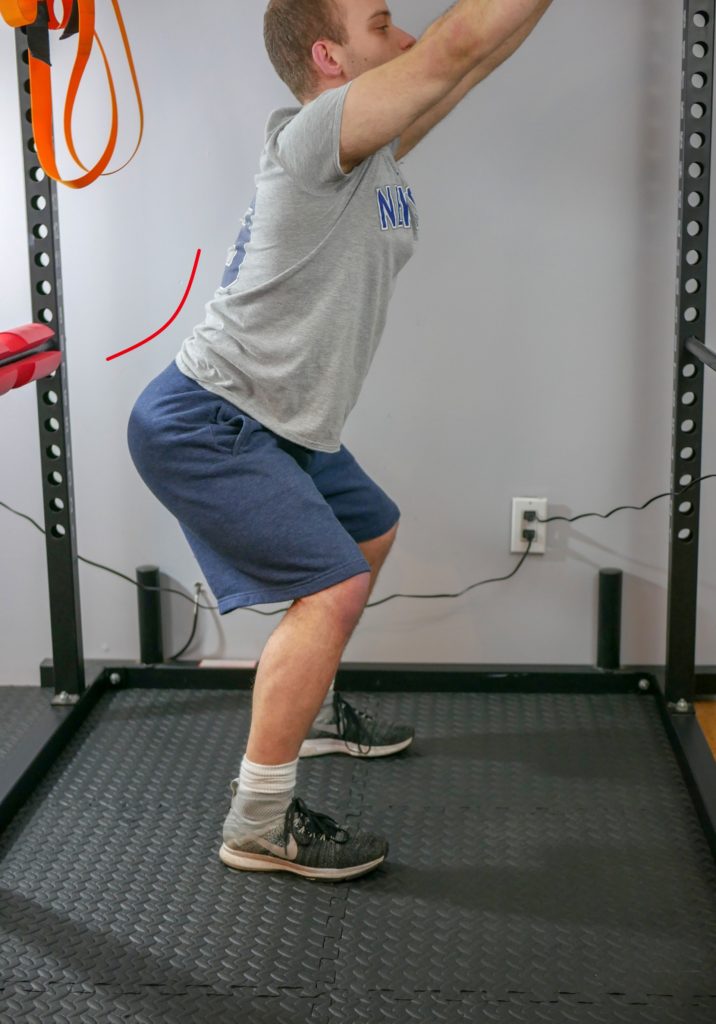
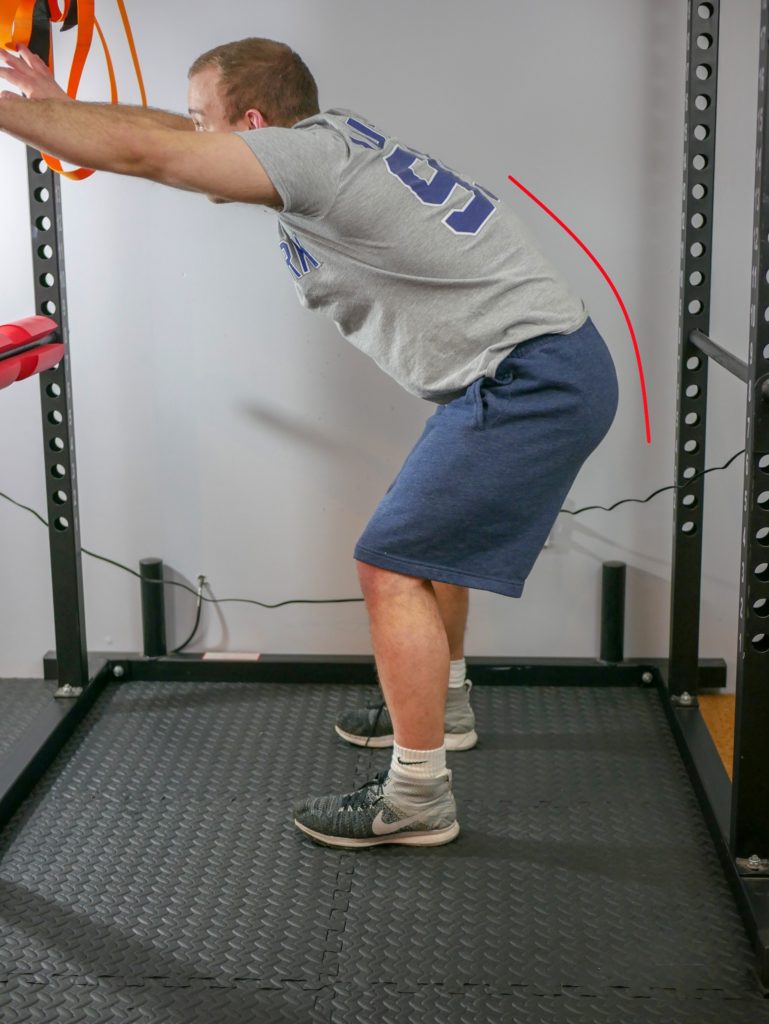
Looking at the squat from the side we can see several compensations that tend to manifest. Arms fall forward, excessive forward lean, excessive lower back arch, back rounding forward.
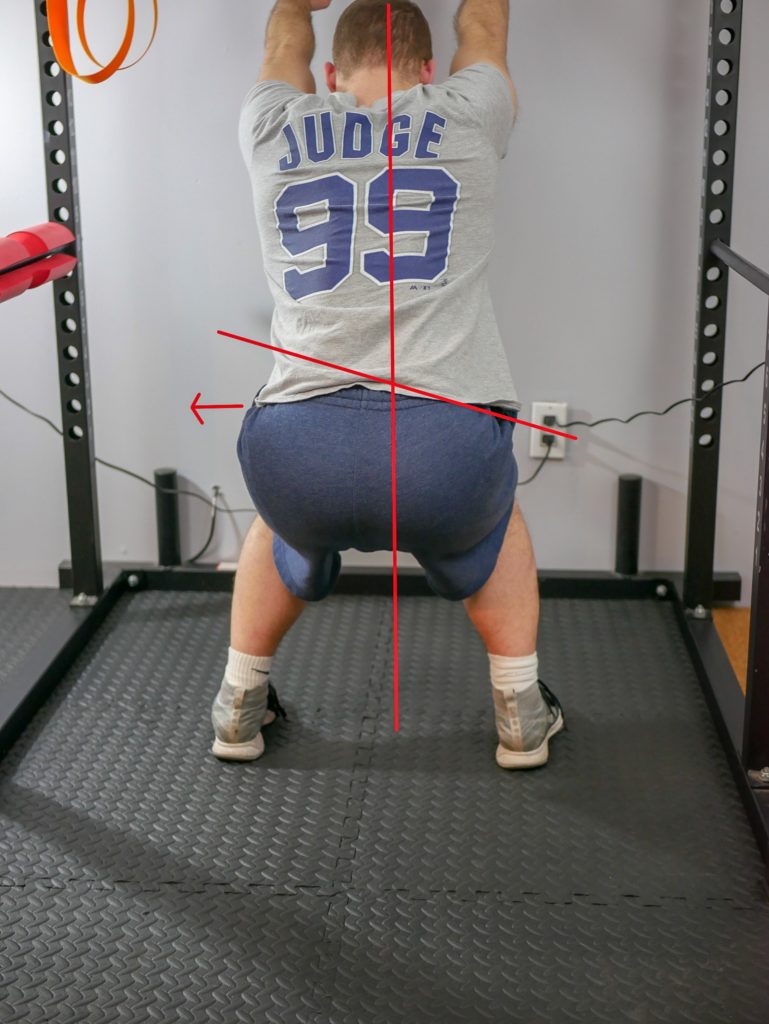
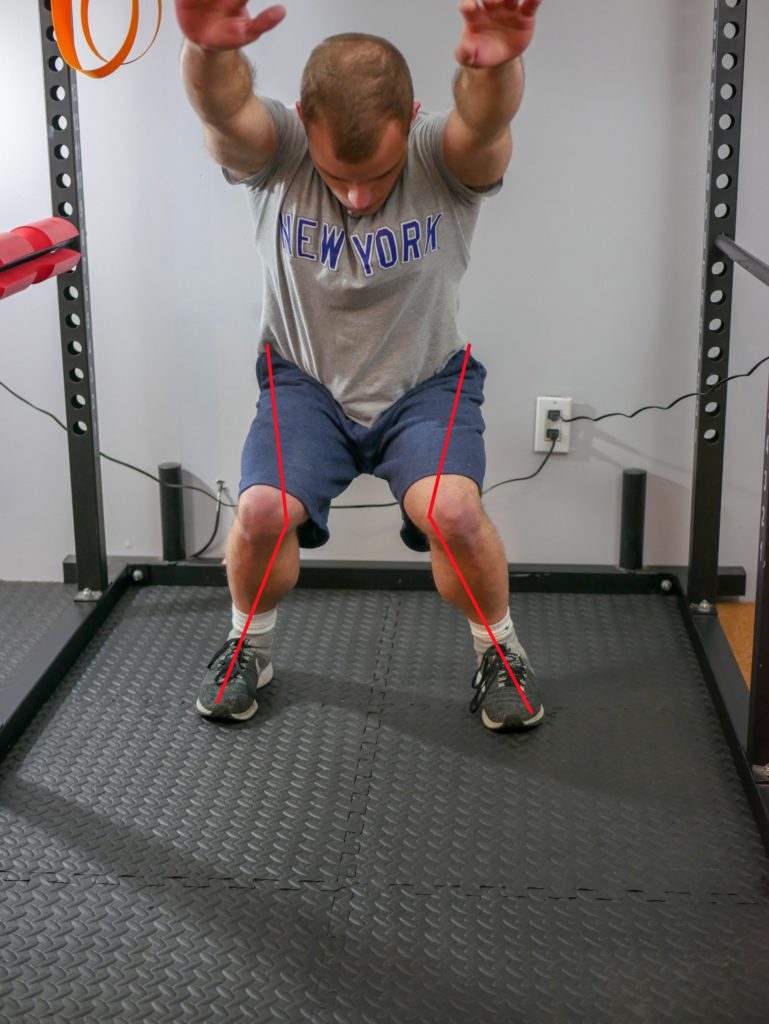
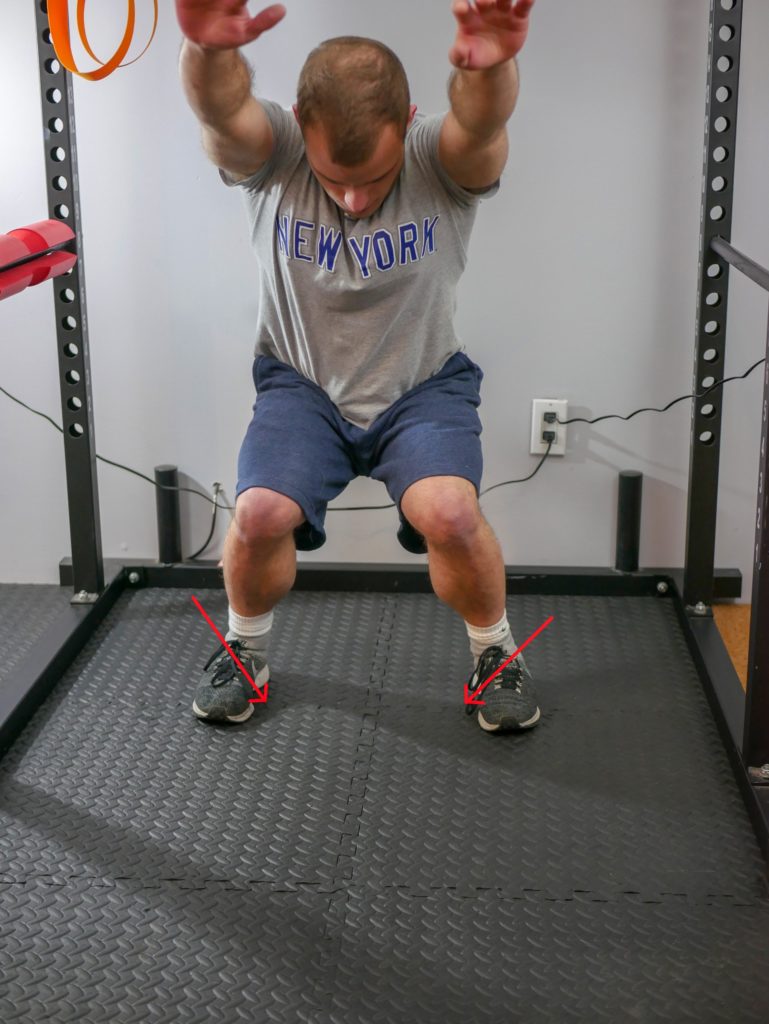
Viewing the squat from the front and back will reveal compensations such as feet flattening, knees bowing inward, and an asymmetrical weight shift.
Squat in the mirror, and take a look to see if you exhibit any of the faults shown. If you do, then you could absolutely benefit from corrective exercise and functional training!
Assessing the squat from multiple angles will show all possible compensations for the squat. We can consult NASM’s solution table for our corrective exercise strategy moving forward.
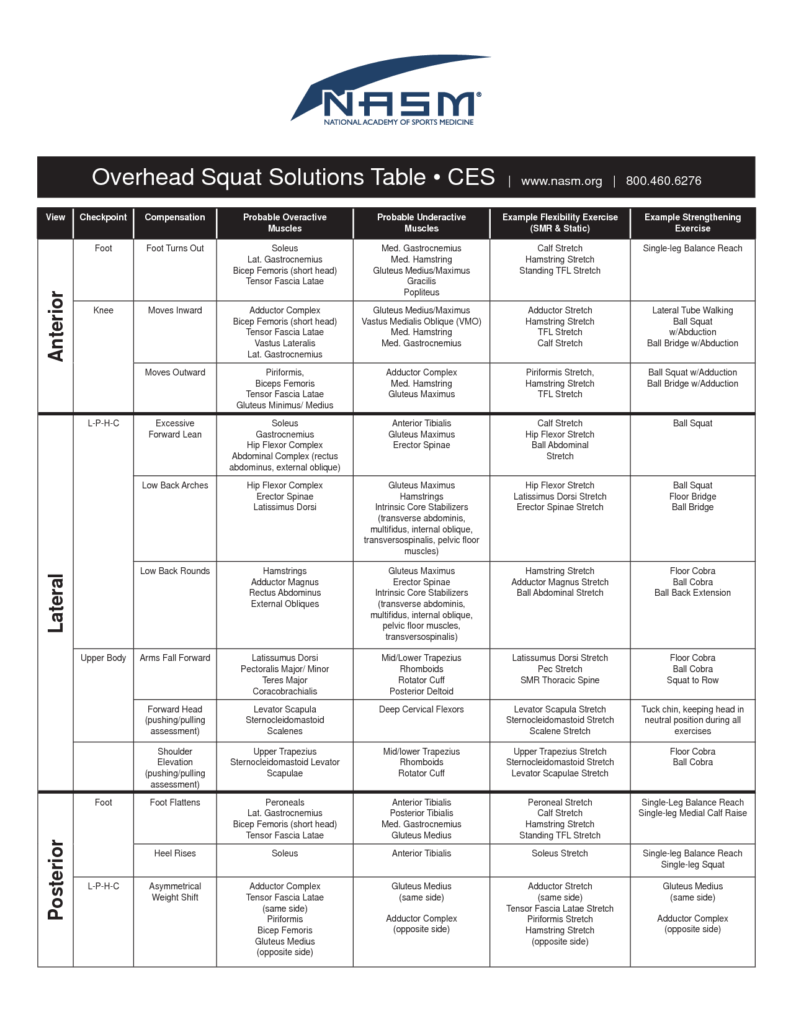
This website is a tool to help you optimize exercise for any activity. To get an idea of where to start, read THIS post on muscle imbalances, then perform one or more Assessments. Next, you can understand your results with the Dysfunctions page, and begin to incorporate Corrective Exercises into your programming.
February 14, 2022 February 14, 2022
March 2, 2020 February 14, 2022
February 24, 2020
February 19, 2020 February 14, 2022
February 17, 2020 February 17, 2020
StronglinksFitness is a work in progress.
StrongLinksFitness is about leading an informed fitness lifestyle. Science is about remaining objective. We can’t be right 100% of the time and all we can do is reshape our opinions as new information is available. I do my best to stay on top of current information so I can help people become the best athletes they can. I am an amateur natural bodybuilder, a rock climber, and a mountain biker. I want everyone to reach their full potential safely, and pain free. My website is about sharing information to help people maximize their training and avoid muscle imbalances no matter what their activity is, for all levels of performance! I care and thats why all the information I share is free.